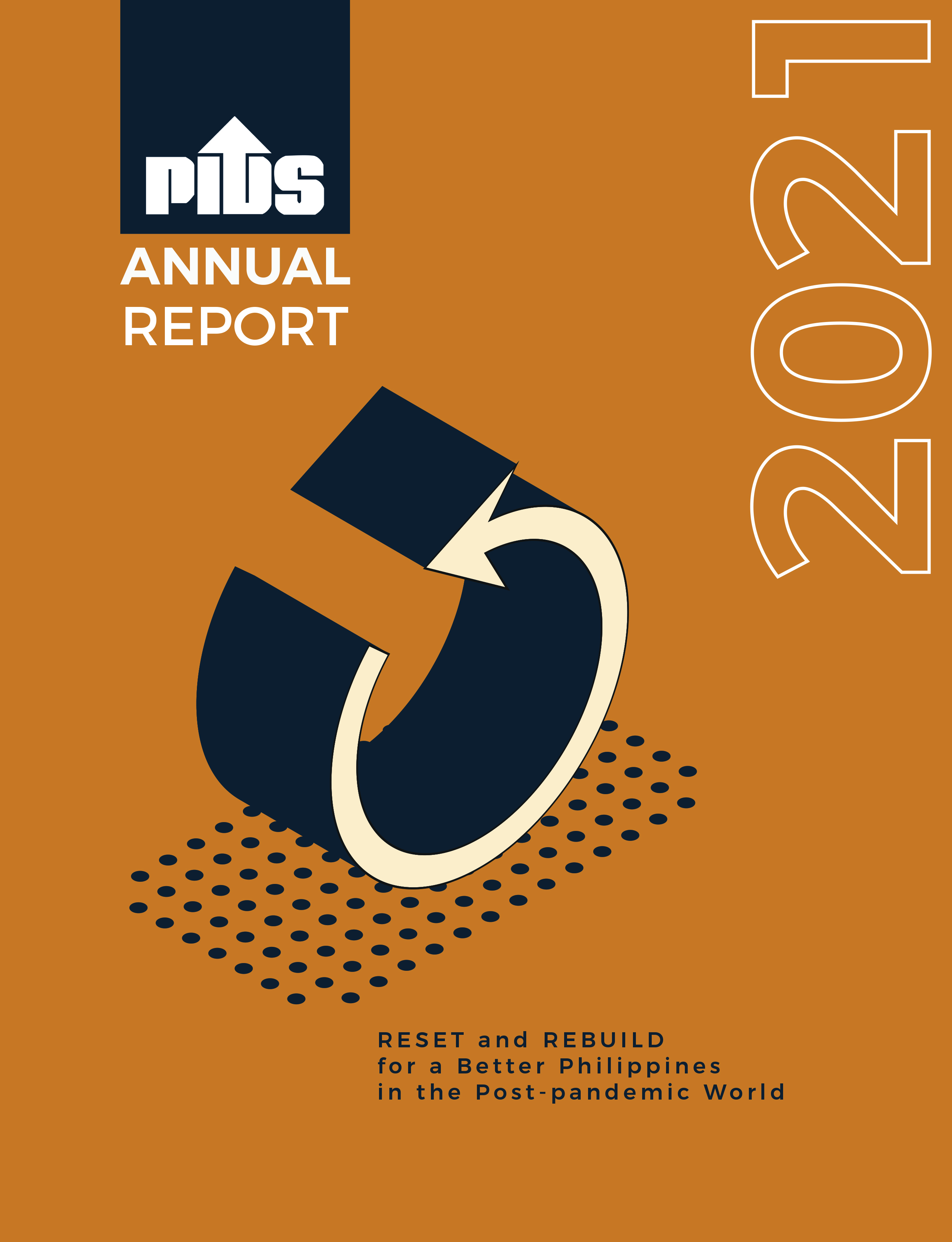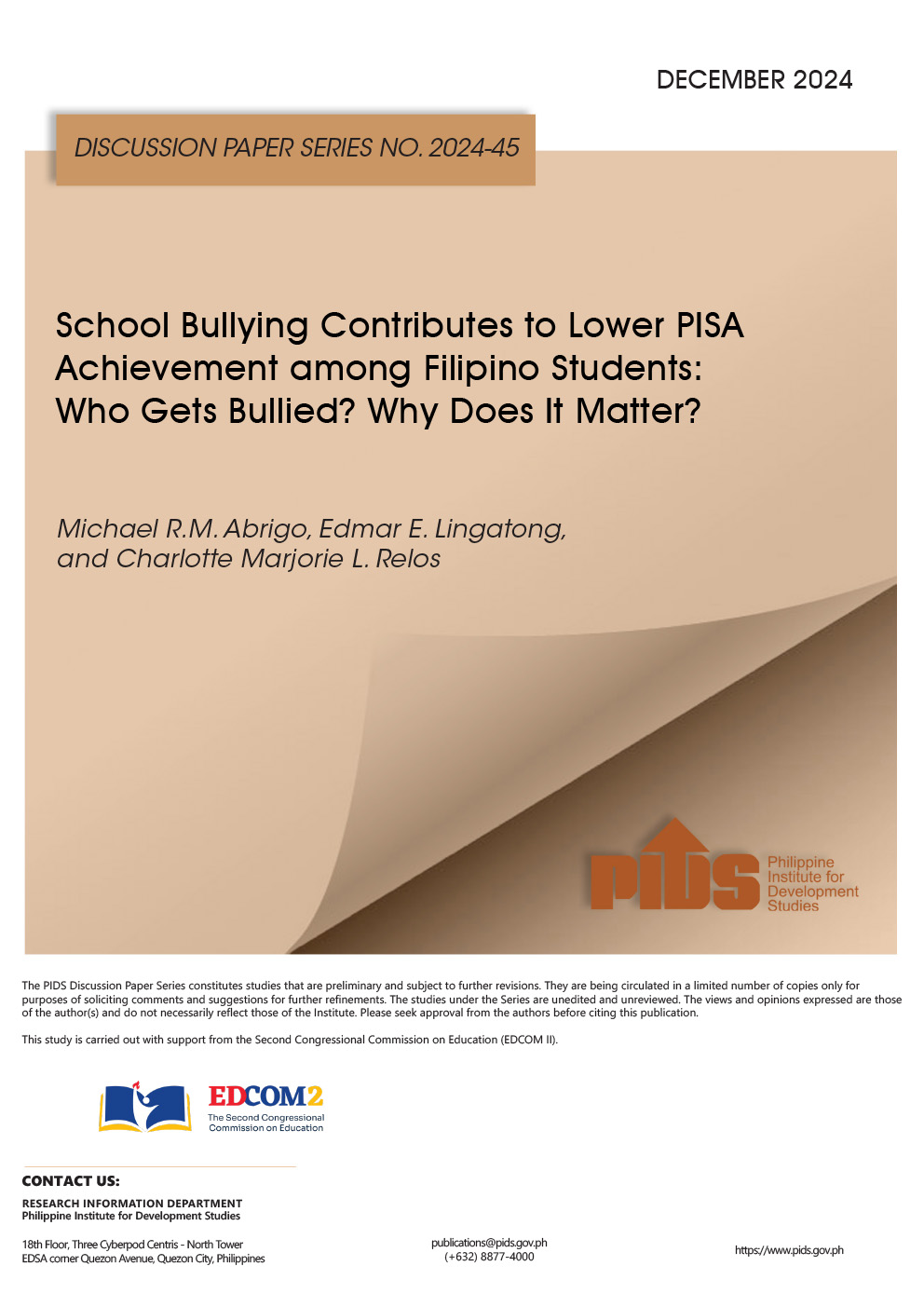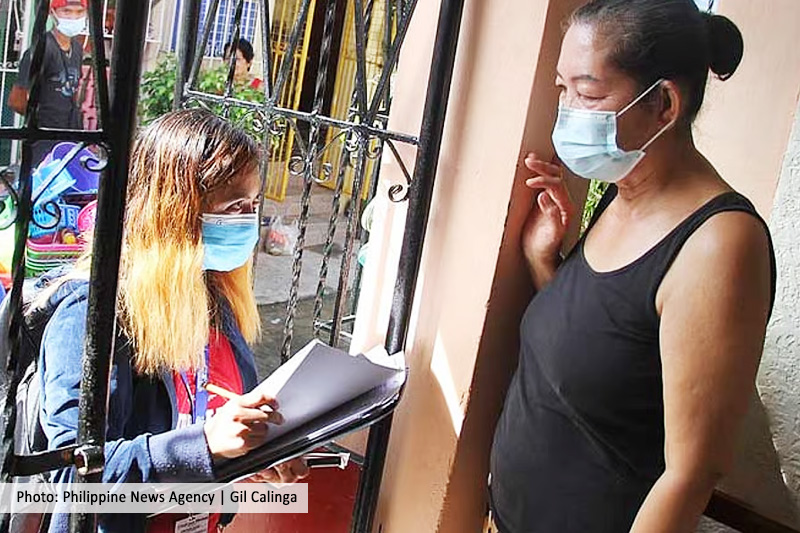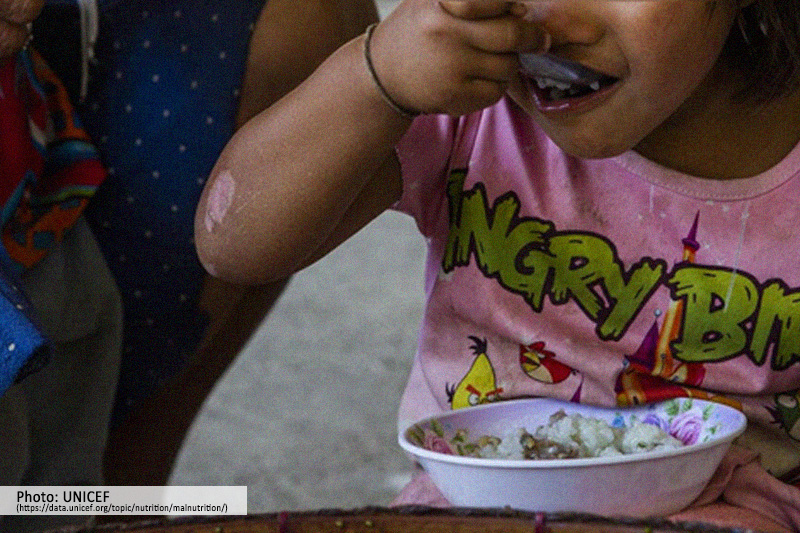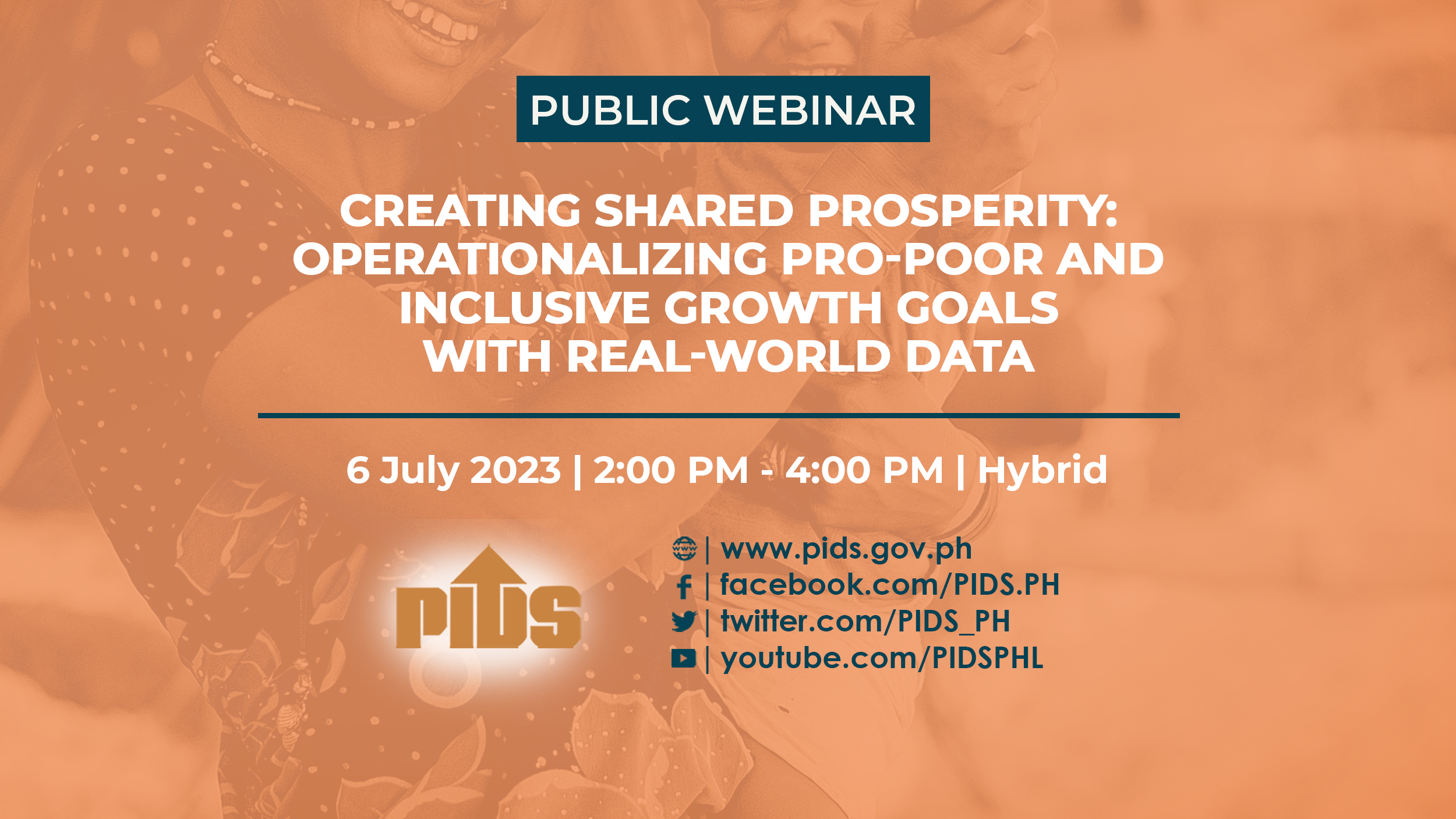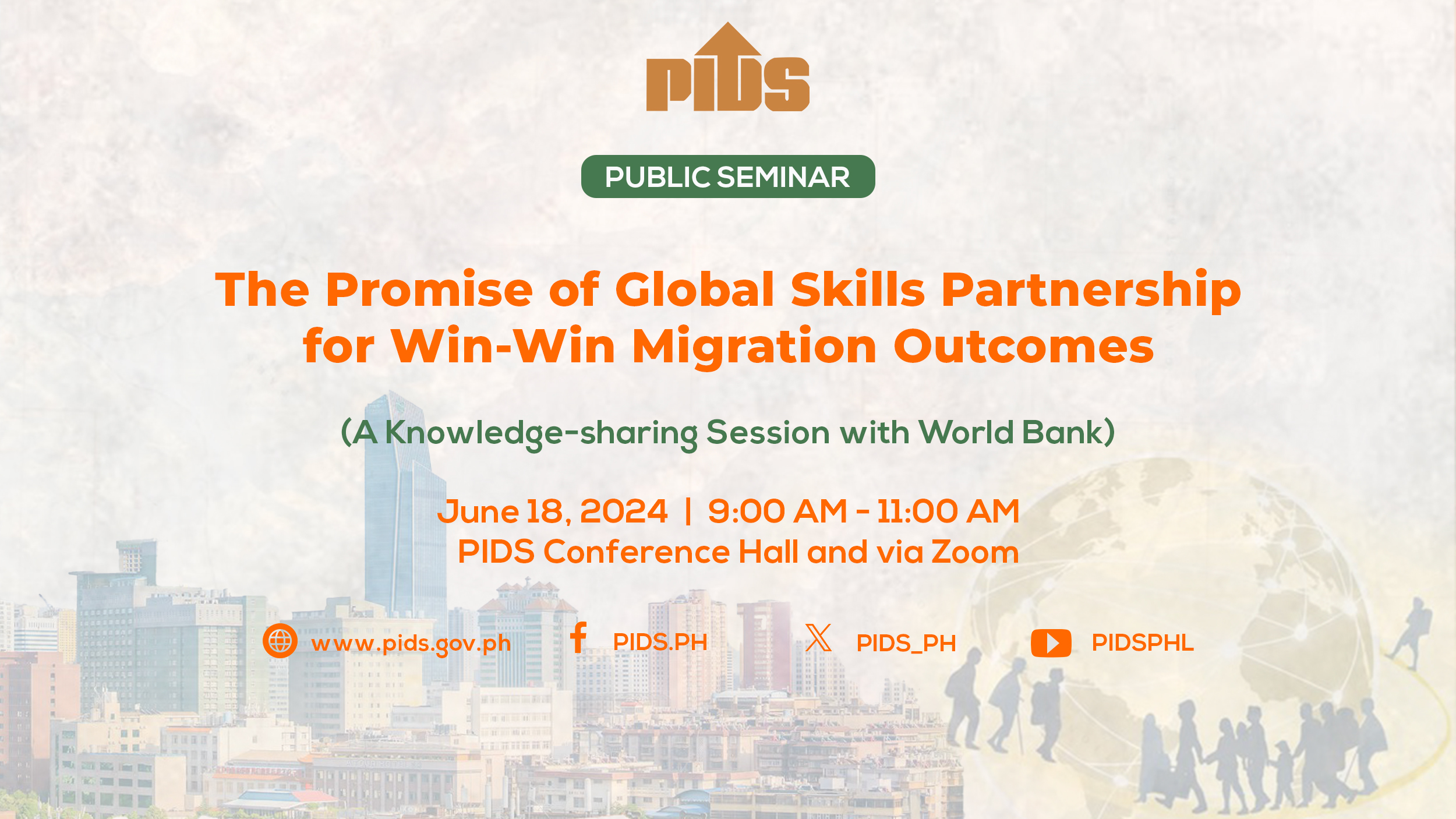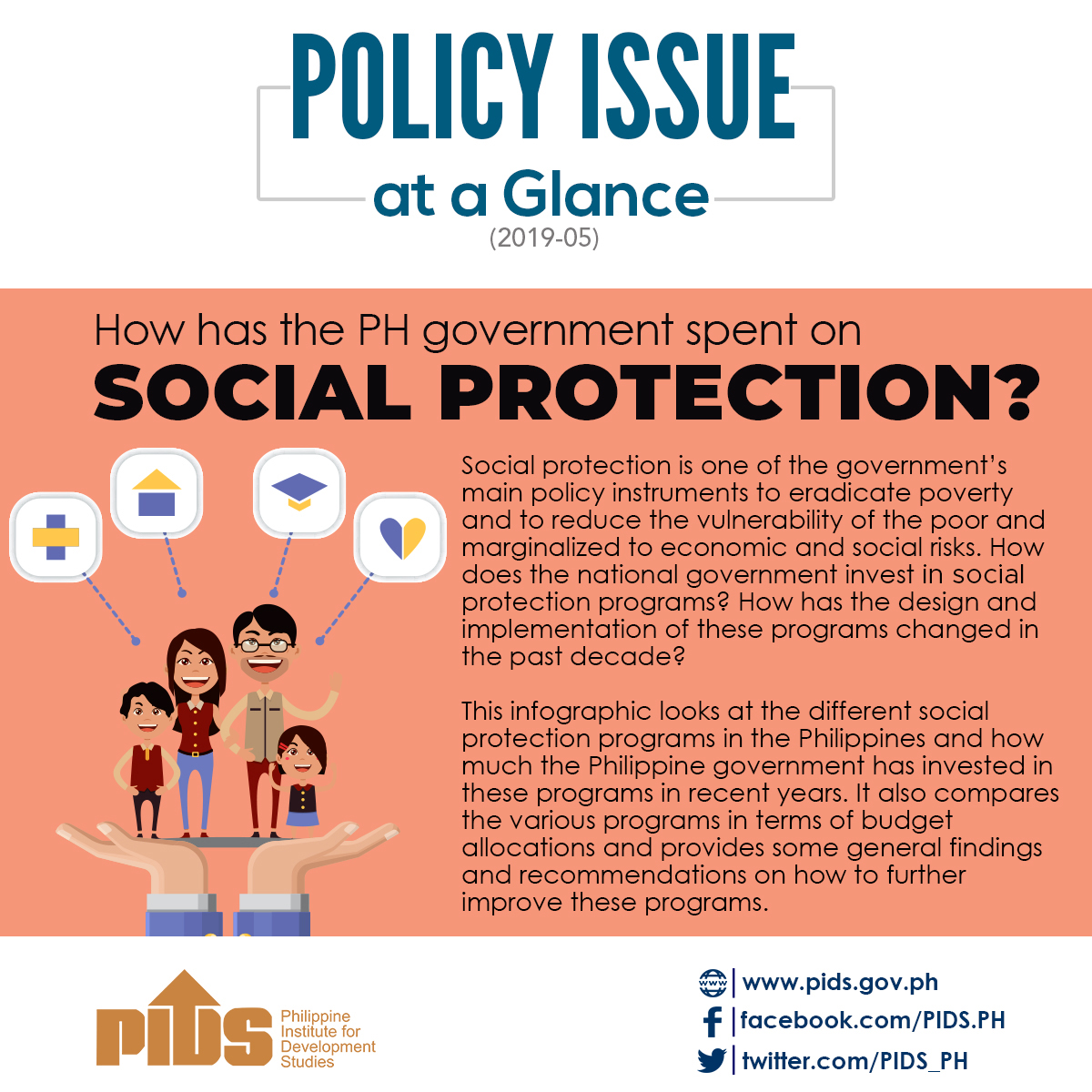THE hustle and bustle of city living offers the perfect lure for people in the provinces and geographically isolated areas, as these places hold the promise of a chance for a better life.
Urban areas are known to be places where economic opportunities are abundant, leading many in far-flung areas to dream of one day living in the concrete jungle.
However, when the dreamers get to cities, especially a megacity like Metro Manila where approximately 12 million Filipinos live, they realize it’s not that easy.
Finding a place to stay, which is basic to any person, can be difficult.
Department of Human Settlement and Urban Development (DHSUD) Secretary Jose Rizalino Acuzar said the country’s slum areas have been expanding due to the lack of sufficient housing.
In fact, Acuzar said, the Philippines may already have the largest slum area in the world given the lack of affordable housing in the country.
“The moment na nagkaka-problema sa housing, ang tendency dumadami ang slum area. Walang pupuntahan yung tao, eh. Ang pinupuntahan niya yung squatters, yung slum area [The moment there’s a housing problem, the tendency is to see slum areas expanding. People have nowhere to turn to, so they go to slum areas],” Acuzar said.
“In fact, in our view, we have the biggest slum area in the world. Pag hindi natin binigyan ng solution ito, palaki ng palaki ito. Kaya po yung 4PH [Pambansang Pabahay para sa Pilipino], dito nakatuntong [If we don’t find a solution for this, this will just keep growing. That’s where 4PH is focused on],” he also said.
Based on the data shared by DHSUD, there are a total of 596,308 Informal Settler Families (ISFs) in the National Capital Region (NCR) who occupy 3,447.93 hectares of the country’s capital.
However, Philippine Institute for Development Studies (PIDS) Vice President Marife Ballesteros told the BusinessMirror that the size of slum areas is not growing, contrary to the claims of the DHSUD.
Ballesteros said what is happening is that people in cities are seeing an increase in the number of extended family members living with them. Each home, she said, now has “multiple family arrangements” which is a response to “economies of scale.”
“So, you have several working adults in a family, so that’s what’s happening. But it doesn’t mean that the housing isn’t decent, or habitable,” Ballesteros told this newspaper, speaking partly in Filipino.
Ballesteros said there are also times when those living in slum areas, when they are resettled, have a knack for going back to being informal settlers in areas of Metro Manila they were removed from.
This is mainly due to the lack of economic opportunities and other difficult living arrangements they face in areas where they are being resettled by the national government.
If there is an increase in the number of extended family members living with those staying in slum areas, Ballesteros said, these are temporary arrangements given the difficulties of securing housing right after their arrival in the big city.
Ballesteros said Filipinos get about 6 square meters of living space on average. She noted that this is not an indication of congestion.
For her part, National Economic and Development Authority (Neda) Undersecretary for Policy and Planning Rosemarie G. Edillon told the BusinessMirror that the initial housing need estimate of 6.5 million originated from Neda.
“Actually, that number came from us. But like we’ve said, that also includes the expected increase in the number of families, those newly formed families. And so we said, that also includes families who can actually afford to build their own house,” Edillon explained to this newspaper.
Based on the preliminary data from a study done by the Philippine Statistical Research and Training Institute (PSRTI), which has yet to be validated by the Neda, the 6.5 million housing need between 2016 and 2022 was reduced to only 2.2 million as of 31 December 2022.
Using this preliminary number, the accumulated housing needs of Filipinos could reach 6.9 million by 2028, said DHSUD Undersecretary Henry L. Yap.
“That gap in the production versus housing need has led to the proliferation of informal settler families,” DHSUD Undersecretary Avelino D. Tolentino III said in his presentation at the Philippine Senate this week.
The housing gap has also been linked to the low budget given to the housing sector. Historically, the housing budget of the national government only accounted for less than 2 percent of the National Expenditure Program (NEP).
The largest was in 2016 when housing accounted for 1.53 percent of the NEP and the lowest was in 2019, with only 0.08 percent of the NEP. DHSUD said the past nine years saw the housing sector only receiving an average of 0.3 percent of the national budget.
In the past few years, based on the DHSUD data, the government was able to produce and finance a total of 125,321 units through the National Housing Authority (NHA), Social Housing Finance Corp. (SHFC), and the Home Development Mutual Fund (Pag-Ibig) Fund.
The data showed housing production and finance reached 877,247 units between 2016 and 2022. This only represented 13 percent of the total housing need of 6.571 million during the 7-year period.
Nonetheless, the DHSUD has pushed for the Pambansang Pabahay para sa Pilipino (4PH) program. As of July 30, 2024, the 4PH has built a total of 1.21 million housing units worth P1.65 trillion.
These include 162,381 housing units, the construction of which is ongoing; 754,966 units that are in preproduction stage; and 295,112 units in the proposal stage.
These units are located in 535 projects broken down into 53 ongoing projects; 207 preproduction stage projects; and 275 proposed projects.
This also covered those undertaken by the DHSUD with 339 projects and a total of 625,698 units costing P767 billion; followed by SHFC with 111 projects with a total of 505,951 units worth P759 billion; and NHA, 85 projects, 80,823 units worth P124 billion.
“HDMF released P871.5 million for the Wholesale Home Lending Direct Development Loan Program for the 4PH for 1st semester of FY 2024,” the DHSUD said in a presentation.
Having a home to live in and to be safe in is part of the economic promise of living in big cities like Metro Manila. But fulfilling this dream is not that easy, it turns out.
Filipinos can only hope that programs such as 4PH can be a means for them to reach their dreams for themselves and their families.


